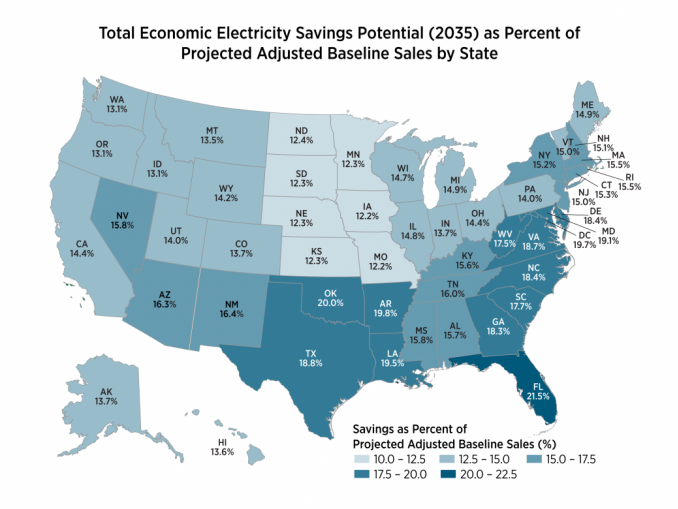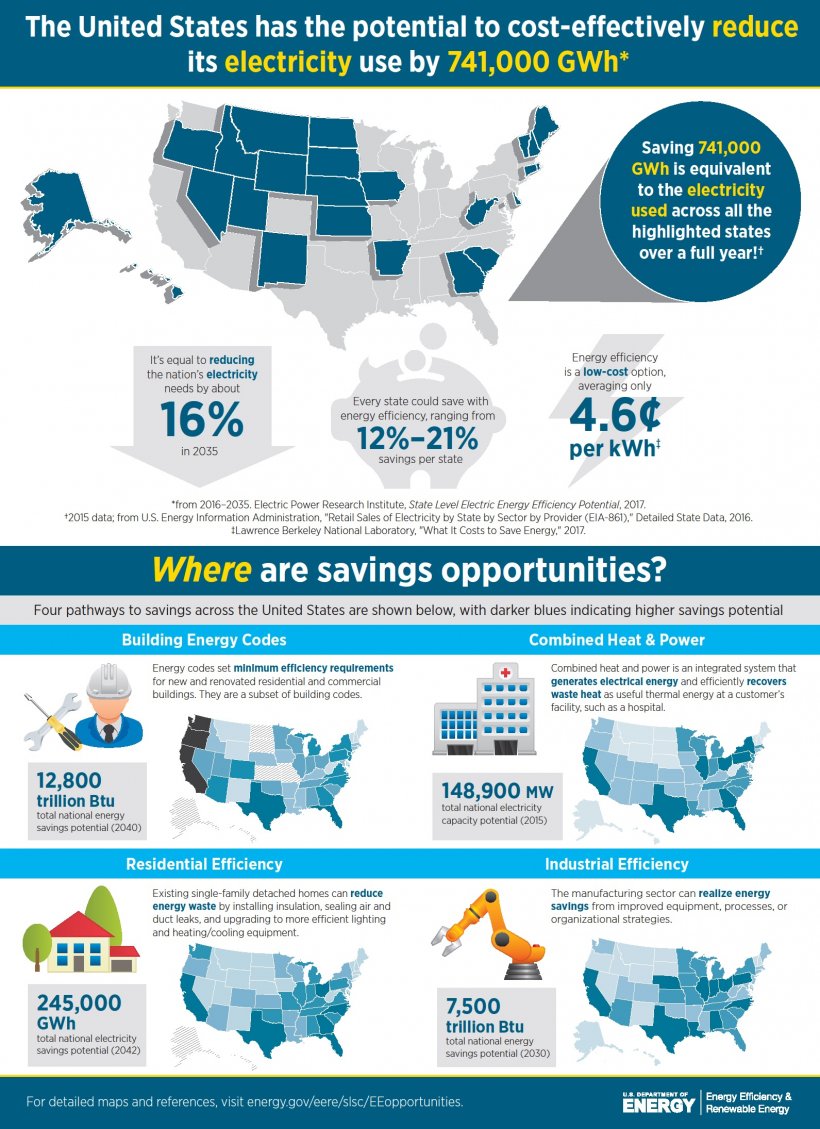I am going to start this lesson with a very simple question: What is the purpose of a building? The U.S. EPA says that Americans spend on average around 90% of their lives indoors, so there must be a good reason to use them. Please think about an answer before moving on.
When you think about it, the use of buildings boils down to two primary objectives. In no particular order, these are 1) safety/securty and 2) to control the climate and to "keep nature out" of the building. There is no disputing the need for safety, from the earliest human habitations to modern buildings. Climate control is of course very important as well: Most of the things you do in buildings - eating, sleeping, gathering with family or friends, getting work done, relaxing, etc. - often require, or at least are much easier to accomplish with, some form of climate control. Have you ever tried to get a good night's sleep in a cold, pouring rain with no shelter, get some work done on your computer in the middle of an unbearably hot, humid, sunny day, or try to read a book on a cold, windy winter day? I can't say that I have, but I know it would not turn out well.
Over time, humans have gotten better and better at controlling the climate inside of buildings. While some ancient societies clearly understood the benefits of using natural means to make buildings more comfortable and minimize heating, cooling, and lighting needs (as you will see below), in the U.S. it was not until 1978 that there was any federal requirement for states to enforce energy efficiency in new buildings. Two consistent feature of colonial-era buildings in the U.S. is that they were cold (they did not hold heat well in the winter) and drafty (aka leaky). This is not unique to the U.S. The United Kingdom, for example, has some of Europe's oldest building stock (that is saying something, considering how old most European cities and towns are!). About 50% of residential buildings and 39% of non-residential buildings in the UK were built before energy standards were widely introduced in the 1970s (source: RICS). There have been major movements in recent decades to reduce energy use in UK buildings, with limited success.
That stated, buildings built after the 1970s have generally become more efficient, largely due to increasingly robust energy standards in the U.S. required by the federal government (though some states, e.g. California, consistently have more stringent standards than required). Most of these codes are based on international energy standards such as the International Energy Conservation Code (IECC). Technology related to things such as insulation, air sealing, and high performance windows has also improved.
Generally speaking, we are headed in the right direction in terms of energy efficiency of buildings. But anecdotal evidence and published research indicate that there are still an abundance of opportunities to improve energy efficiency. One important consideration ist that a lot of existing houses in the U.S. and elsewhere were built before energy standards were implemented. I can tell you from personal experience and from talking to folks that have been in the industry for decades that any building - commercial or residential - that was built around or before 1980 (unless it has been retrofitted) has negligible insulation and is very leaky. Modern buildings must be more efficient because of codes but are still usually built with the idea that we should just use technology such as heating and cooling equipment, insulation, air sealing, and lighting to reduce energy usage. The overall point is that very little consideration has been given to how the building can utilize the surrounding natural conditions to reduce energy usage and increase occupant comfort. Enter passive design principles.
To Read Now
Before moving on to learn about passive design, please read the following articles about the benefits of energy efficiency.
- Read the Introduction, Description, and Adoption of Energy Codes Sections of "Energy Codes And Standards" from the Whole Building Design Guide (WBDG), a great resource for building energy use statistics and reduction measures and technologies.
- Read "How Much Does Energy Efficiency Cost?" from the American Council for an Energy Efficient Economy (ACEEE), another excellent resource for energy efficiency research and information.
- Finally, read the "State Level Electric Energy Efficiency Potential Estimates" summary from the U.S. Department of Energy. If you want more information, you can read the full report, watch the presentation from DOE, look through the DOE PowerPoint, read the fact sheet, or see selected additional information from the DOE.

